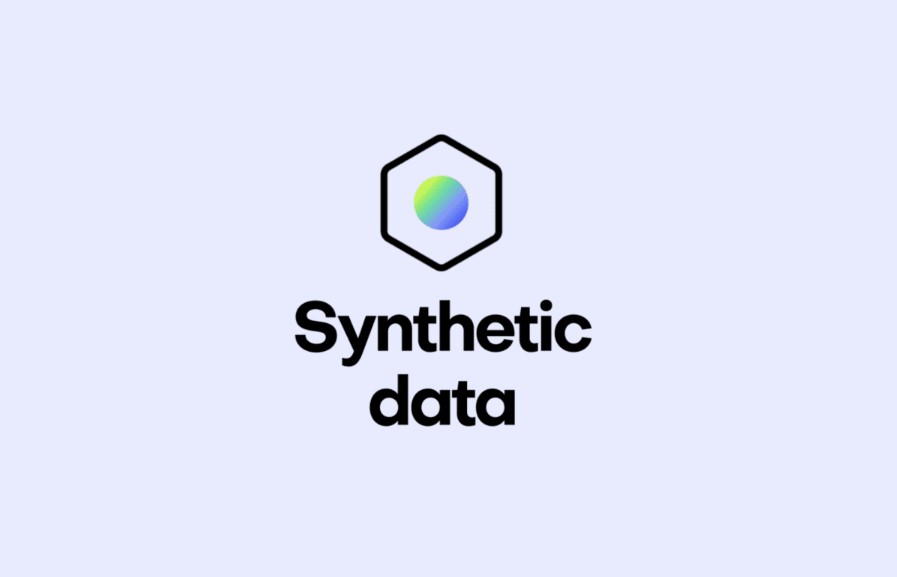
Synthetic data generation has a wide range of uses across various domains and industries. Some of the primary use cases for synthetic data generation include:
-
Privacy Protection:
- Data Sharing: Organizations can share or release synthetic data to external parties, researchers, or the public without revealing sensitive or personally identifiable information present in the original data.
- Compliance: Synthetic data allows organizations to comply with data privacy regulations like GDPR (General Data Protection Regulation) or HIPAA (Health Insurance Portability and Accountability Act) while still conducting research or sharing data for analysis.
-
Machine Learning and AI:
- Model Training: Synthetic data can be used to train and fine-tune machine learning and AI models when access to a large, diverse, or representative dataset of real data is limited.
- Data Augmentation: It can augment real datasets by introducing additional variations and diversity, helping models generalize better to unseen data.
-
Testing and Development:
- Software Testing: Synthetic data is valuable for testing and validating software applications, algorithms, and systems, reducing the risk of using real data during development.
- Prototyping: It can be used in the early stages of product development to prototype and experiment with data-driven features or applications.
-
Research and Benchmarking:
- Benchmarking Algorithms: Researchers can use synthetic data to create controlled experiments for benchmarking and evaluating the performance of algorithms, models, and methods.
- Scientific Studies: Synthetic data can simulate scenarios for scientific research, including epidemiological modeling, climate modeling, and social sciences.
-
Data Anonymization:
- Anonymization Techniques: Synthetic data generation aids in anonymizing datasets by replacing sensitive information with synthetic equivalents while preserving the data’s statistical properties.
-
Simulations and Training:
- Autonomous Vehicles: Synthetic data is used to train and test autonomous vehicles, enabling them to learn and adapt in virtual environments before facing real-world scenarios.
- Robotics: It helps in training robots and autonomous systems, allowing them to operate safely in simulated environments.
-
Data Diversity and Imbalance:
- Data Diversity: Synthetic data can introduce diversity into datasets, ensuring that machine learning models are exposed to a broader range of situations.
- Data Balancing: In cases of class imbalance, synthetic data generation can create additional samples for minority classes, improving model performance.
-
Content Generation:
- Media Production: In the entertainment industry, synthetic data is used for generating computer-generated imagery (CGI), animations, and virtual environments.
- Art and Design: Artists and designers may use synthetic data to create unique and imaginative visuals, music, or other creative content.
-
Language Processing:
- Text and Language Generation: Synthetic data can be generated for tasks like text generation, chatbots, and sentiment analysis, providing training data for natural language processing models.
-
Network and Security Testing:
- Synthetic data can simulate network traffic, cybersecurity threats, and intrusion attempts, helping security professionals and system administrators test and secure their networks.
-
Financial Modeling:
- In finance, synthetic data can be used to create simulated market data, economic scenarios, and financial instrument pricing models for risk assessment and portfolio optimization.
These use cases demonstrate the versatility and importance of synthetic data generation in various fields where data privacy, data scarcity, or controlled experimentation are key concerns. By providing a safe and useful alternative to real data, synthetic data enables organizations and researchers to leverage the power of data-driven technologies while addressing ethical, legal, and practical considerations.


